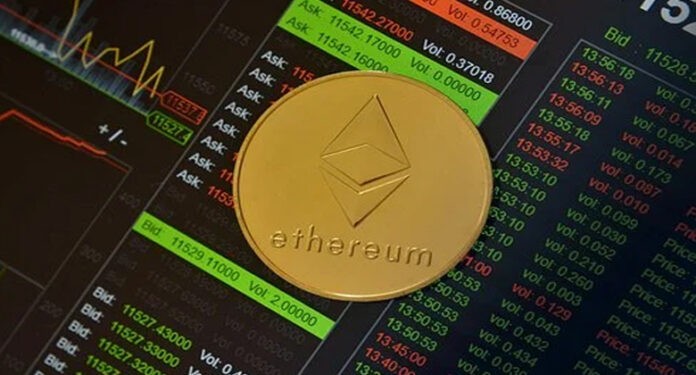A new report issued by ConsenSys indicates that the increase in DeFi activity and opportunities to provide high turnover liquidity might negatively impact the participation rate in staking once Ethereum 2.0 Phase 0 is successfully launched.
While thoroughly analyzing a variety of trends and activities in the DeFi space, the report highlights that new and better ways of profiting on decentralized finance networks could dampen staking on Ethereum’s upcoming Beacon Chain.
According to ConsenSys developer Ben Edgington, the Eth 2.0 deposit contract will launch soon, whereas the Beacon Chain genesis will be set in motion in the coming few weeks. The launch won’t necessarily provide improvements to scaling, however, it will provide many staking opportunities for users holding 32 ETH or more through the latest proof-of-stake consensus algorithm.
What’s worth highlighting, though, is that there are a few disadvantages that tag along. For example, as an Ethereum holder, users are required to lock up their funds in a deposit contract for a return that is subject to fluctuation. To make matters more worrisome, the duration of the deposit hasn’t been made clear yet.
The report also states that lending DeFi protocols have witnessed a remarkable surge in ETH locked and daily active users (DAU). Their success is attributed to the growth in yield farming and governance token mechanisms, both of which encourage DeFi users to channel their funds into such protocols to reap benefits. Yearn and bZx are two of these platforms that have achieved such significant growth.
Considering the fact that there has been a significant rise in the number of DeFi networks, offering competitive returns for Ethereum holders, the ConsenSys report explicitly warns that there could be a major shift that might lead holders away from staking on the upgraded Ethereum network.
“If various DeFi protocols offer higher returns than Eth2 staking, ETH holders may elect to direct their ETH elsewhere, thus leaving Eth2 without the threshold of staked ETH required to render it sufficiently secure and decentralized.”
It is also likely that DeFi networks will provide liquid tokens that signify the price of ETH staked by the investors, who could simply redeem it whenever they want. An added benefit is that they could also use it as collateral for other protocols as opposed to Beacon Chain, where the funds are rigidly locked for a particular duration.
It remains to be seen what option ETH holders will take and what factors would influence their decision in choosing whether it’s worth staking or not.
















